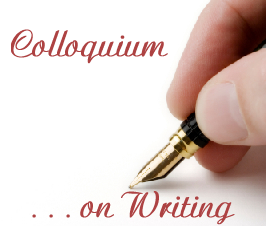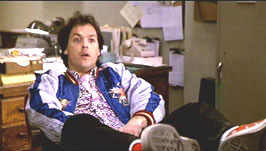 Do you remember Night Shift, a film starring Henry Winkler and Michael Keaton? There were a couple of scenes in which Keaton’s character drives Winkler’s to distraction by incessantly talking into a tape recorder that he keeps in his pocket, preserving reminders and great ideas as they come to him for later use.
Do you remember Night Shift, a film starring Henry Winkler and Michael Keaton? There were a couple of scenes in which Keaton’s character drives Winkler’s to distraction by incessantly talking into a tape recorder that he keeps in his pocket, preserving reminders and great ideas as they come to him for later use.
One of his ideas was “edible garbage.”
When I first graduated from law school, “dictation” was the way attorneys were expected to create written documents. The profession had advanced from “take a letter” in shorthand to dictaphones. Much like Keaton’s character, I sat in my office with my little tape recorder talking to my secretary but, for the most part, all I did was tell her jokes and remind her to return calls to clients, schedule meetings, etc. About the only thing I dictated successfully were short letters and memoranda. Because I usually ended up editing the documents after she transcribed them, I soon got into the habit of drafting them on the computer and relying on her solely to proofread and format them.
 Why? Because I need to see the words, letters, paragraphs. I am a visual learner so trying to draft verbally, including “comma,” “period,” “new paragraph,” etc. just did not work well for me.
Why? Because I need to see the words, letters, paragraphs. I am a visual learner so trying to draft verbally, including “comma,” “period,” “new paragraph,” etc. just did not work well for me.
Mind-mapping, the technique I discussed here last week, has proven useful for me so far. I created a few maps this past week and, for the most part, I’m using them much the same way I use “to do” lists, but the nonlinear format allows for more free-form, spontaneous note-taking.
I have not yet had an opportunity to use the maps to synthesize information into a first or final draft. I’ll keep you posted on how they work for me.
It does not matter, unless you must satisfy requirements dictated by a professor or employer, what approach you adopt so long as you take the time to adequately prepare yourself to write, critically assessing the arguments you will make, stories you will tell, information you will present and assuring that they are presented in a cohesive manner.
I find colleagues standing in their offices staring at white boards, pens with erasable ink stuck over their ears as they outline and re-outline in preparation to write a critical brief or motion. Index cards affixed to walls or spread out on tables with a thought or two jotted on them remain popular visual methods many writers use to organize their thoughts. Sticky notes marking pages in books, magazines or journals stacked in order of importance sometimes signify how documents will flow. And yes, lots of folks still use the classic outline method to pull their thoughts into logical order.
Regardless of the methodology, successful writers confirm that the amount of time spent thinking critically about the substance of the written document far outweighs the time spent actually drafting it. Once the research is complete, theories formulated or plot and characters developed, many writers spend significant time living with a document that has not yet been drafted but is slowly being formulated in their head. By the time their fingers hit the keyboard, the actual drafting is, in comparison, a relatively short process.
The important thing is to try different approaches and evaluate the effectiveness of each. When you find a technique that works for you, irrespective of what method(s) are best suited to your colleagues’ writing styles, apply it consistently, refining it with each new project. Hopefully, the concept of “edible garbage” won’t be your best idea or find its way into any of your writing!


Comments are closed.